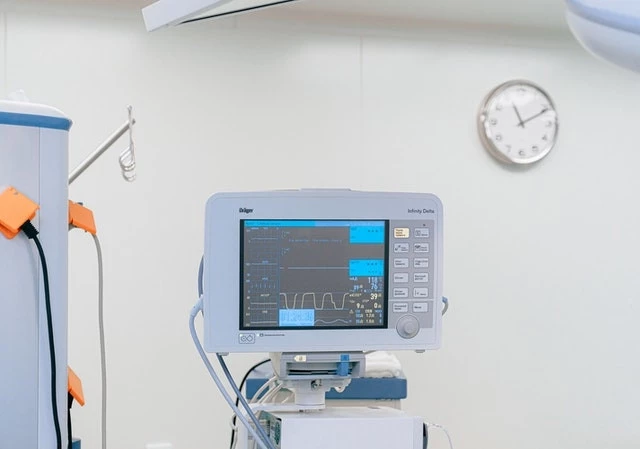Software Design for Medical Devices
Add bookmark
Software is playing an increasing role within the development of medical devices and the pharmaceutical industry as a whole. Amendments to the Medical Devices Directive mean that, in certain circumstances, software itself is considered to be a medical device.
According to the European Commission, the changes to the directive reflect the fact that "software is in its own right a medical device when specifically intended by the manufacturer to be used for diagnostic or therapeutic purposes."
The directive states that "software which drives a device or influences the use of [it] falls automatically in the same class [as that device]."
[inlinead]
Changes to the directive mean that now, software must be validated taking into account features such as development lifecycle, risk management, validation and verification. Previously there was no harmonised standard for the development of software for medical devices by the pharmaceutical industry.
Both the European Union and the United States have not accepted the standards in relation to software laid out in the changes to the Medical Devices Directive.
Integration of medical device software
Due to the number and scope of medical devices, and software consistently growing, the ECRI Institute has been required to add an extra 4,000 terms to its Universal Medical Device Nomenclature System (UMDNS). Some 24,544 terms are now contained in the nomenclature, which is used to provide a consistent set of terminology across healthcare systems and the pharmaceutical industry.
The UMDNS has been endorsed by the United States National Library of Medicine, the Healthcare Information and Management Systems Society and the Committee on Data Standards for Patient Safety of the Institute of Medicine.
Vivian H Coates, vice president of information services and health technology assessment at the ECRI Institute, said: "In this era of health information exchange, standardising data is critical. Our proprietary nomenclature system fills this need for medical devices and related equipment and consumables."
Vision Facilities Management Limited has now developed a software system integrated with the ECRI Institute, which it claims will "significantly improve the ability of hospital staff to manage medical device safety alerts and recalls."
VisionFM +HEALTHCARE has been designed to improve efficiency by allowing access to the UMDNS and asset management software within the same application. The application is also integrated with the Health Devices International Sourcebase.
Chris Dodds, president of Vision Facilities Management Ltd, said: "Incorporating [the] ECRI Institute's device and manufacturer codes not only helped automate the response to alerts, it substantially improved our equipment inventory and preventative maintenance scheduling for biomedical devices."
Pharmaceutical industry collaboration
Members of the pharmaceutical industry have also been working on collaborations to improve their complementary medical device product lines.
Hospira and Smiths Medical recently announced a co-development agreement for infusion pump systems. In an effort to increase patient safety and streamline the way in which clinics work, the companies are developing a "comprehensive, enterprise-infusion, safety-medication, management software application."
The system will mean that hospitals using both Hospira MedNet and Pharmaguard Medication Safety Software will be able to standardise the delivery of data from both systems.
The companies claim this will mean improved clinical effectiveness by "supporting safety initiatives through a connected safety software platform that provides standardised infusion pump viewing, monitoring and reporting."
Stuart Morris-Hipkins, vice president of global sales and marketing, Smiths Medical: "Ease of use and safety controls are critical as hospitals and clinicians become more reliant on integrated technology to provide, monitor and document patient care."














